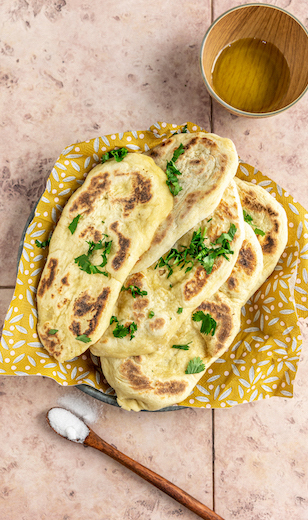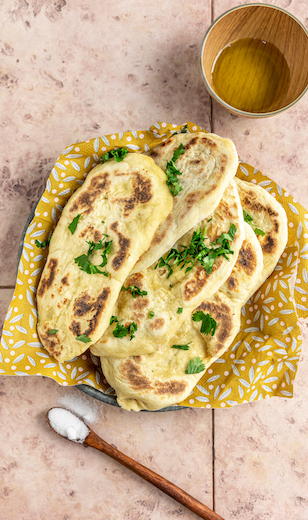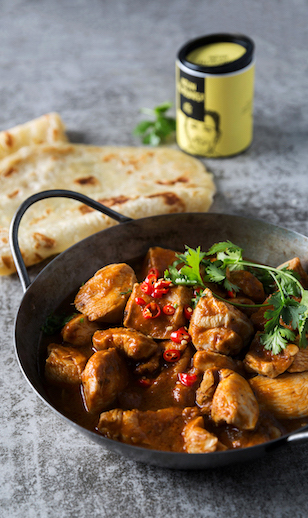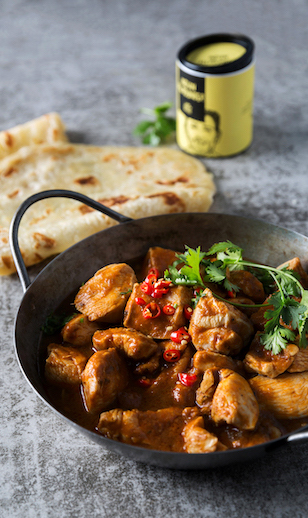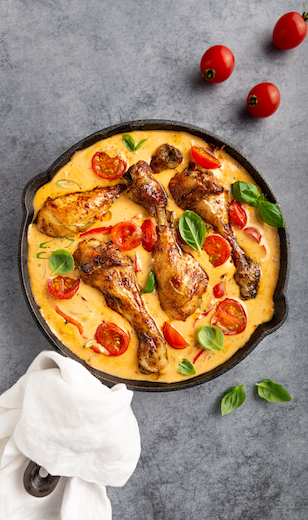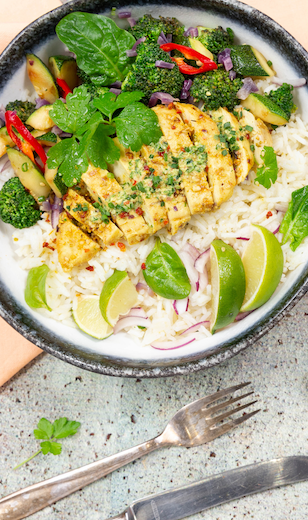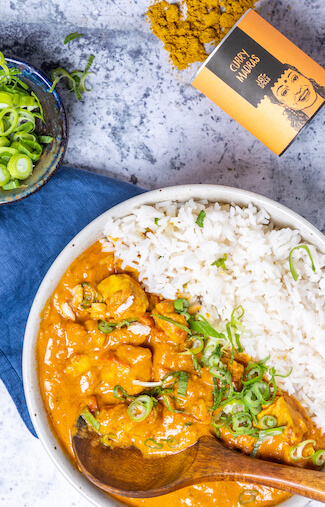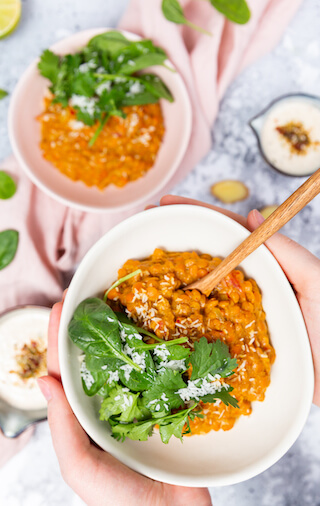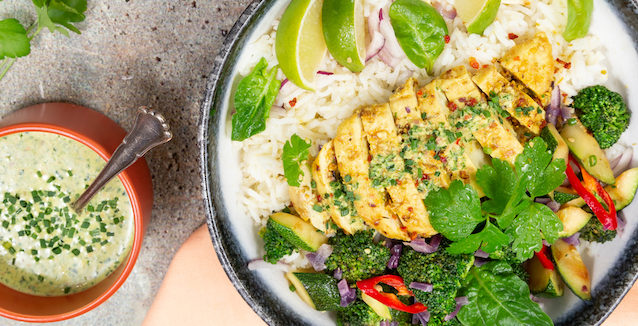
Trends
Exploring Indian cuisine
February 15, 2022
India: the birthplace of curry, a treasure trove of spices and a culinary wonderland of spicy dishes. Indian cuisine evokes a spectrum of reactions, from deep admiration to immense respect. It’s often perceived as exceedingly hot and spicy, particularly by European standards. But is this really the case? We’ve explored the most common perceptions about Indian cuisine to discover the truth for you.
Is Indian cuisine only vegetarian?
It’s a misconception to think that Indian cuisine is entirely vegetarian. Chicken and lamb, in particular, are staples in many Indian dishes, especially curries. However, there is some truth to this maxim. Indian cuisine boasts a rich array of meat-free dishes, abundant in vegetables and legumes, influenced by various factors.
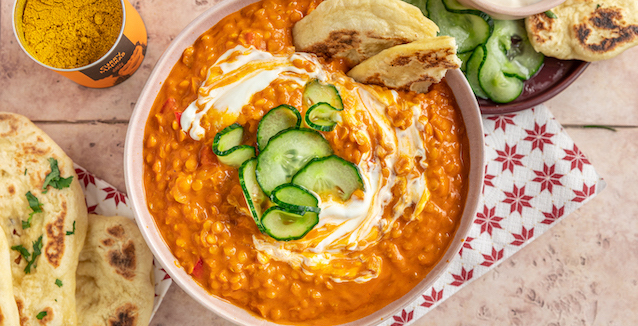
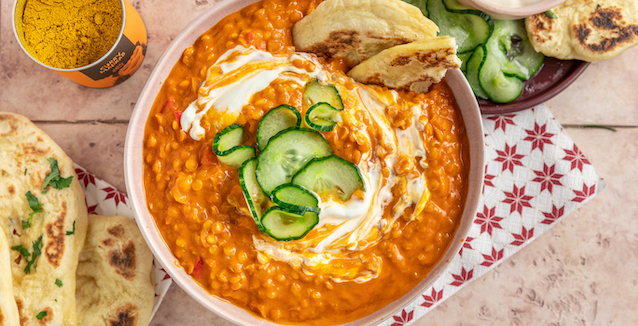
Religious beliefs play a significant role. India is home to diverse religious communities, each with specific dietary customs: Muslims generally avoid pork, while Hindus revere cows, making beef consumption unthinkable. In fact, cow slaughter is legally prohibited in many Indian states.
Additionally, economic constraints mean that in some parts of India, meat is a luxury not regularly afforded.
Best spice blends for Indian dishes
Is Indian cuisine always extremely spicy?
Yes and no. Indian cuisine can be fiery, with chilli being a key ingredient in many dishes. However, it’s often optional. Beware, though: omitting chilli might not be enough for those sensitive to heat. Another intense spice is garam masala, a blend including cinnamon, cardamom and notably potent black peppercorns. If you’re spice-averse, consider moderating these ingredients.
Interestingly, international cuisine isn’t as popular in India, where locals predominantly relish their spicy curries and stews. International dishes are more common in major cities, but traditional Indian food prevails.
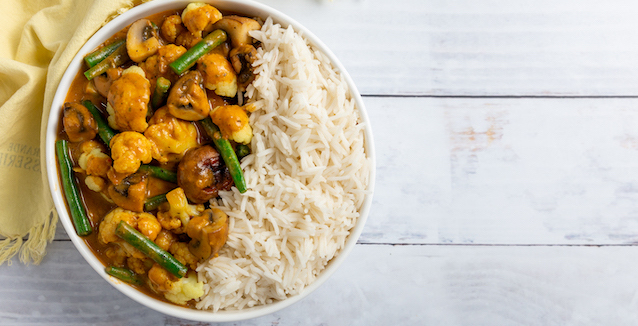
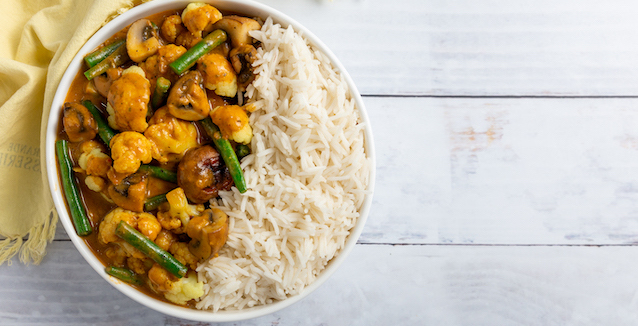
Conversely, Indian cuisine has gained worldwide acclaim, with dishes like chicken tikka masala becoming international favourites. In the UK, it’s even considered a national dish, a testament to the cultural integration following Indian immigration. The creation of chicken tikka masala, a fusion of grilled chicken skewers with a rich sauce, symbolises the blend of cultures and is cherished for both its historical significance and delightful taste.
Is Indian cuisine unhealthy?
Another common misconception about Indian cuisine is its uniform richness and the liberal use of oils, ghee and cream, leading many to label it as unhealthy. While it’s true that some Indian dishes are indulgent, they represent just one aspect of an incredibly diverse culinary tradition. Indian cuisine, in its essence, is a celebration of balance and variety. It offers an abundance of dishes that are not only flavourful but also focused on health and nutrition.
The healthier side of Indian cooking
If you would like to learn how to cook healthier Indian meals, remember that many dishes incorporate steamed, grilled and lightly sautéed vegetables, legumes and lean proteins. Dishes like tandoori chicken, grilled with minimal oil, and daal, made with lentils and a host of beneficial spices, exemplify nutritious yet delicious eating. The cuisine’s use of whole grains, such as brown rice and wholemeal flour in breads like roti and naan, adds to its health benefits. Moreover, the traditional Indian diet is known for its inclusion of spices like turmeric, ginger and garlic, renowned for their medicinal properties and health benefits. This aspect of Indian cooking offers a holistic approach to food, where taste and health go hand in hand.
Indian recipe ideas
We’re passionate about Indian cooking and, particularly, the spices and seasonings that are used. That’s why we offer a range of spice blends, ready to be the star in your curry, stew or dip. Our pumpkin curry, infused with our special Pumpkin Pie Spice, features garlic, ginger, Hokkaido pumpkin and coriander, all brought together in a creamy coconut milk sauce. This dish is a perfect blend of sweet and savoury flavours, served ideally with basmati rice for a comforting meal.
For those who enjoy a heartier dish, our lentil daal is a must-try. Made with our aromatic Curry Madras spice blend, this daal includes red onion, ginger, red chilli and red lentils, simmered in a rich tomato and coconut milk sauce. Topped with fresh coriander, it's a simple yet flavourful dish that’s both nourishing and satisfying.
For those sudden cravings for bold flavours, our Curry Madras spice blend can transform even the simplest vegetable dishes into a vibrant Indian taste experience.
Indian cuisine is a tapestry of diverse flavours, ingredients and cooking techniques. It goes beyond the common perceptions of being just about spicy heat or indulgence. With its array of healthy options, aromatic spices and regional varieties, Indian food offers something for every palate. This culinary tradition is not just about satisfying hunger; it’s a celebration of culture, health and the art of balancing flavours. As we continue to explore and appreciate Indian cuisine, we uncover a world rich in taste and tradition, inviting us all to broaden our culinary horizons and enjoy the true essence of one of the world’s most vibrant cuisines.




